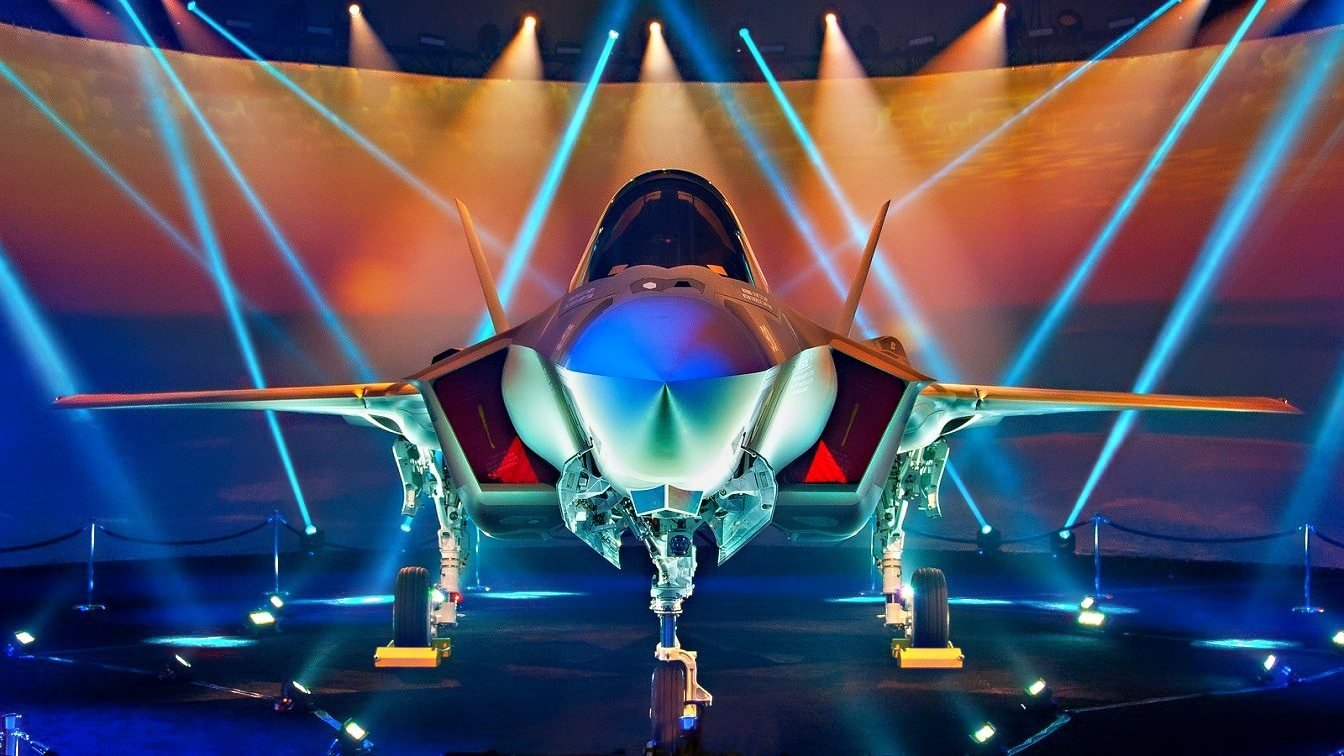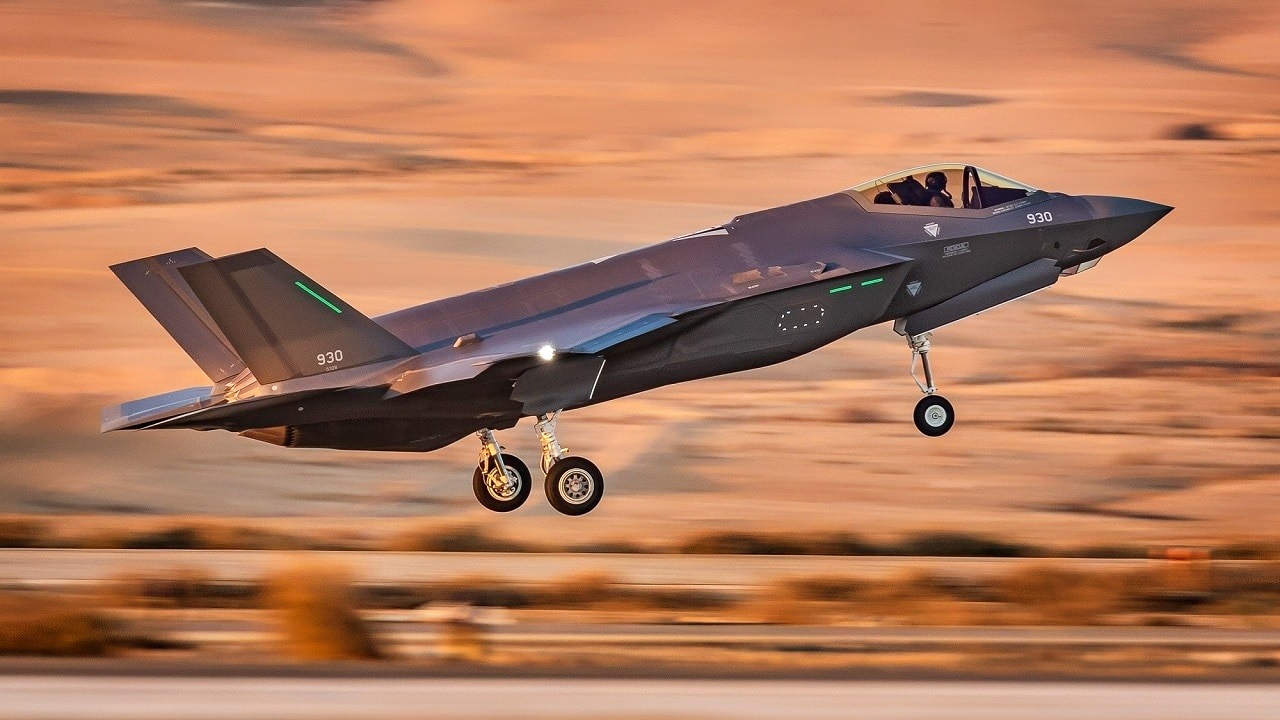
Israel Is Freaked Out: How Close is Iran to an ICBM?
What You Need to Know: Iran’s recent direct missile barrage against Israel marks a shift from its usual proxy warfare, signaling Tehran’s expanding missile capabilities. According to CSIS, Iran’s arsenal includes thousands of ballistic and cruise missiles, with ranges that could easily reach Israel.

-Most troubling, however, is Iran’s advancing space program, potentially doubling as a front for ICBM development. With solid-fuel technology and missile expertise potentially bolstered by cooperation with Russia, Iran appears to be closing in on a viable ICBM and nuclear delivery capability.
-These advancements highlight an urgent threat for U.S. and Israeli defense officials as tensions in the Middle East persist.
Iran’s Escalating Missile Arsenal: How Close Are They to an ICBM?
Iran’s recent barrages targeting the Jewish state indicate that the regime is inching toward acquiring the technology needed to field an intercontinental ballistic missile (ICBM). In April, Tehran engaged in direct warfare with Israel for the first time when it launched more than 300 projectiles in an escalatory fashion. The Islamic Republic typically utilizes its region-wide proxy groups to launch similar attacks since it is positioned further from Israel.
However, Tehran’s ability to carry out such a barrage is exemplary of its growing weapons arsenal.
An Overview of Tehran’s Missile Arsenal
According to a 2021 report published by the Missile Threat Project at the Center for Strategic and International Studies (CSIS), Iran possesses thousands of ballistic and cruise missiles with a variety of capabilities and ranges. Tehran’s stockpile of cruise missiles is the most deadly, as they can fly at several times the speed of sound and can reach Israeli territory from Iran in under fifteen minutes.
The most threatening missiles built by Iran are the Sekkil, Kheibar, and Haj Qasem models. The Sekkil is a medium-range weapon capable of carrying a payload of 700 kg and reaching targets up to 1,550 miles away. The Kheibar and Haj Qasem have ranges of 1,240 and 870 miles respectively.

How Iran’s Space Program is Linked to its ICBM Quest:
While Tehran currently does not field an ICBM, a weapon that can reach targets of more than 3,400 miles, experts believe that its space program could quicken the development of these lethal missiles. Since space launch vehicles and carrier rockets are generally identical to the technology and components required to launch an ICBM, Tehran is potentially using its space program to get closer to fielding these missile types.
According to the Foundation for Defense of Democracies, “Iran’s space program has long served as a cover for developing and testing components for an ICBM. With Iran sending missiles to Russia for use against Ukraine, Russia may well be reciprocating by supplying Iran with the tools and knowledge necessary to grow its space launch program. Paired with Iran’s recent acceleration in enriched uranium production, this space launch capability inches the country closer to fielding a nuclear weapon that can threaten the U.S. homeland.”
The turning point in Iran’s quest to acquire ICBM technology occurred in 2020 when the regime launched its first successful military satellite (Noor-1), carried by its domestically built Qased three-stage space launch vehicle. This notable launch displayed a solid-fuel capability that had the potential to elevate the country’s future missile designs.
Building up its weapons programs across the board is a top priority for the Islamic Republic as Iran is the largest proliferator in the region. Once Tehran achieves its nuclear breakout time, it will undoubtedly pour its resources into building a capable delivery system for the weapon- an ICBM.
The ongoing war in the Middle East between Israel, Iran, and its proxy groups does not appear to be simmering down anytime soon. With this in mind, Iran’s efforts to build up its weapons programs should be a top concern to U.S. and Israeli officials alike.
About the Author:
Maya Carlin, National Security Writer with The National Interest, is an analyst with the Center for Security Policy and a former Anna Sobol Levy Fellow at IDC Herzliya in Israel. She has by-lines in many publications, including The National Interest, Jerusalem Post, and Times of Israel. You can follow her on Twitter: @MayaCarlin.
Image Credit: Creative Commons and/or Shutterstock.


